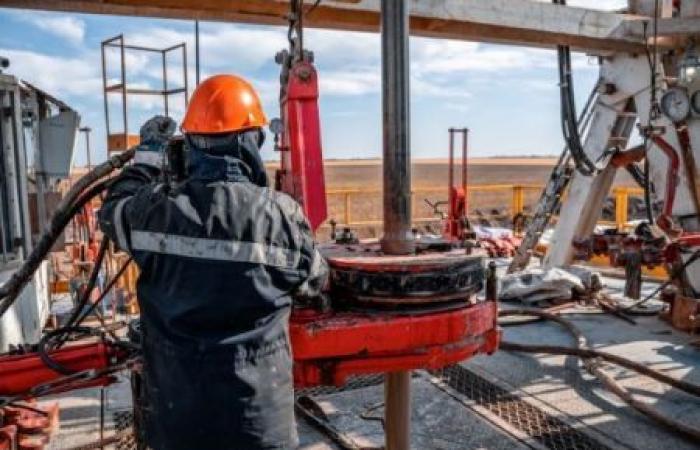(Ecofin Agency) – In 2018, the Bank of Central African States (BEAC) launched a reform that obliges firms in the extractive sector to create environmental catering funds, housed in the regional space. A measure that poses a problem, while it should come into force from May 1, 2025.
From next month, the Bank of Central African States (BEAC) wants to have the revenues of oil companies to the region, but also the funds set aside to repair oil production sites after operations. The measure thought since 2018 could nevertheless lead to a cumulative loss of $ 86 billion by 2050 for the six member countries, according to an analysis of Standard & Poor’s.
The scenario includes a reduction of $ 45 billion in capital investments, a loss of $ 47 billion in cash flow for companies, and an estimated fall of 15 % of oil production. However, black gold represents 40% of the GDP of the producing countries in the region.
Since 2018, investments in oil and gas in the region have been decreasing. This new exchange regulations imposed by the BEAC could strongly accelerate this decline, as it could potentially affect the confidence of investors. Now, the central bank imposes on the companies concerned to repatriate these estimated funds between 5 and $ 10 billion to accounts under its control. The BEAC set the deadline for the signing of formal agreements on April 30, 2025. Beyond this period, offenders are exposed to penalties up to 150 % of their expected contribution.
This reform is part of a broader strategy for strengthening exchange reserves and stabilization of the CFA franc, supported by the IMF. But for oil companies, it represents a major constraint. The centralization of funds in the region would limit their financial flexibility, complicate payment operations and weigh on the planning of new projects.
-The IMF justifies this policy by the need to avoid an explosion of public debt. The institution warns that some countries in the area could see their debt/GDP ratio exceeding 100 % by 2029, without better budgetary discipline and better supervision of financial flows.
As it stands, the reform poses a strategic dilemma: strengthening short -term monetary balances or preserving the regional attractiveness for investors. Unless there is an adjustment, the pressure on the extractive sector is likely to result in a structural weakening of public revenues in an area still largely dependent on petroleum. Be that as it may, oil companies like Perenco multiply attempts to find a favorable common ground, before the entry into force of the measure.
Olivier de Souza
Read also:
04/09/2025 – CEMAC: an American bill wants to condition the IMF help more transparency on exchange reserves








